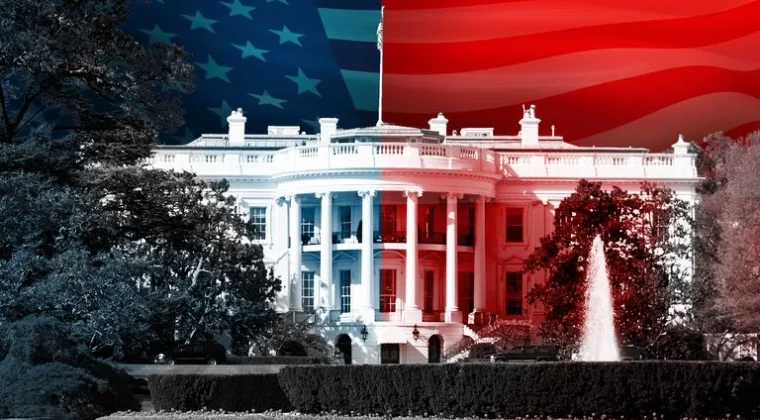-
- Trading Platforms
- PU Prime App
- MetaTrader 5
- MetaTrader 4
- PU Copy Trading
- Web Trader
- PU Social
-
- Trading Conditions
- Account Types
- Spreads, Costs & Swaps
- Deposits & Withdrawals
- Fee & Charges
- Trading Hours


The latest update from the Reserve Bank of Australia (RBA) shows that rates were held steady at 4.35% for the seventh meeting in a row in September, reflecting its cautious approach amid mixed economic signals. Under the leadership of Governor Michele Bullock, the RBA is focused on bringing inflation back within the target range of 2-3%, while also considering the financial strain on households affected by prolonged high rates. Unlike countries such as the U.S., which have experienced sharper drops in inflation and more aggressive rate hikes, the RBA believes Australia’s distinct economic factors—like stable unemployment and inflation—justify a more gradual easing strategy. As a result, the RBA is expected to keep the cash rate steady at 4.35% in its next meeting.
Every four years, U.S. citizens head to the polls to select a group of electors for the U.S. Electoral College, who are ultimately responsible for electing the President and Vice President. This election is a critical focal point for financial markets, as its outcome will likely impact the Federal Reserve’s upcoming decisions. At present, Vice President Kamala Harris holds a narrow lead over former President Donald Trump. However, with polls showing a highly competitive race, substantial uncertainty looms as Election Day approaches. This heightened uncertainty is expected to fuel significant volatility in the financial markets, as investors weigh the potential policy shifts under the next administration.
In its September 2024 meeting, the Bank of Japan (BoJ) maintained its interest rate at 0.25%, following two rate hikes earlier in the year. The BoJ is cautious about further tightening due to global uncertainties, including U.S. economic conditions and Japan’s slow exports. Inflation in Japan remains within the 2.5% to 3.0% range, but the central bank is waiting to assess the full impact of previous rate hikes before making any further changes. The BoJ will likely continue a patient approach, focusing on wage growth and inflation stability in upcoming decisions.
In its September meeting, Bank of England (BoE) interest rate decision held rates at 5. This decision was largely influenced by decreasing inflation pressures, with inflation easing to around the BoE’s target level of 2% at that period, alongside concerns of a potential economic slowdown. Additionally, Governor Andrew Bailey emphasized a cautious approach, aiming to balance easing inflation against the risk of rapid rate cuts that could destabilize financial markets or reverse progress on price stability. However, market anticipated that BoE may implement another rate cut as British inflation now plunged to a three-year low of 1.7% in September from 2.2%, below the BoE’s 2% target. That leaves room for the Monetary Policy Committee (MPC) to cut rates next week after pausing in September following a narrow vote to start easing in August.
The latest U.S. Nonfarm Payrolls report, released for September 2024, showed an increase of 254,000 jobs, surpassing expectation of 147,000 and also previous figure of 159,000. Notable contributors to this job growth included the construction, retail, and healthcare sectors, although manufacturing experienced a slight decline. However, the upcoming report may indicate a slowdown in job creation, as rising geopolitical tensions and cautious business investment could affect hiring decisions across various industries. Investors will pay attention to the ADP report for early insights.


Trade forex, indices, metal, and more at industry-low spreads and lightning-fast execution.
Sign up for a PU Prime Live Account with our hassle-free process.
Effortlessly fund your account with a wide range of channels and accepted currencies.
Access hundreds of instruments under market-leading trading conditions.